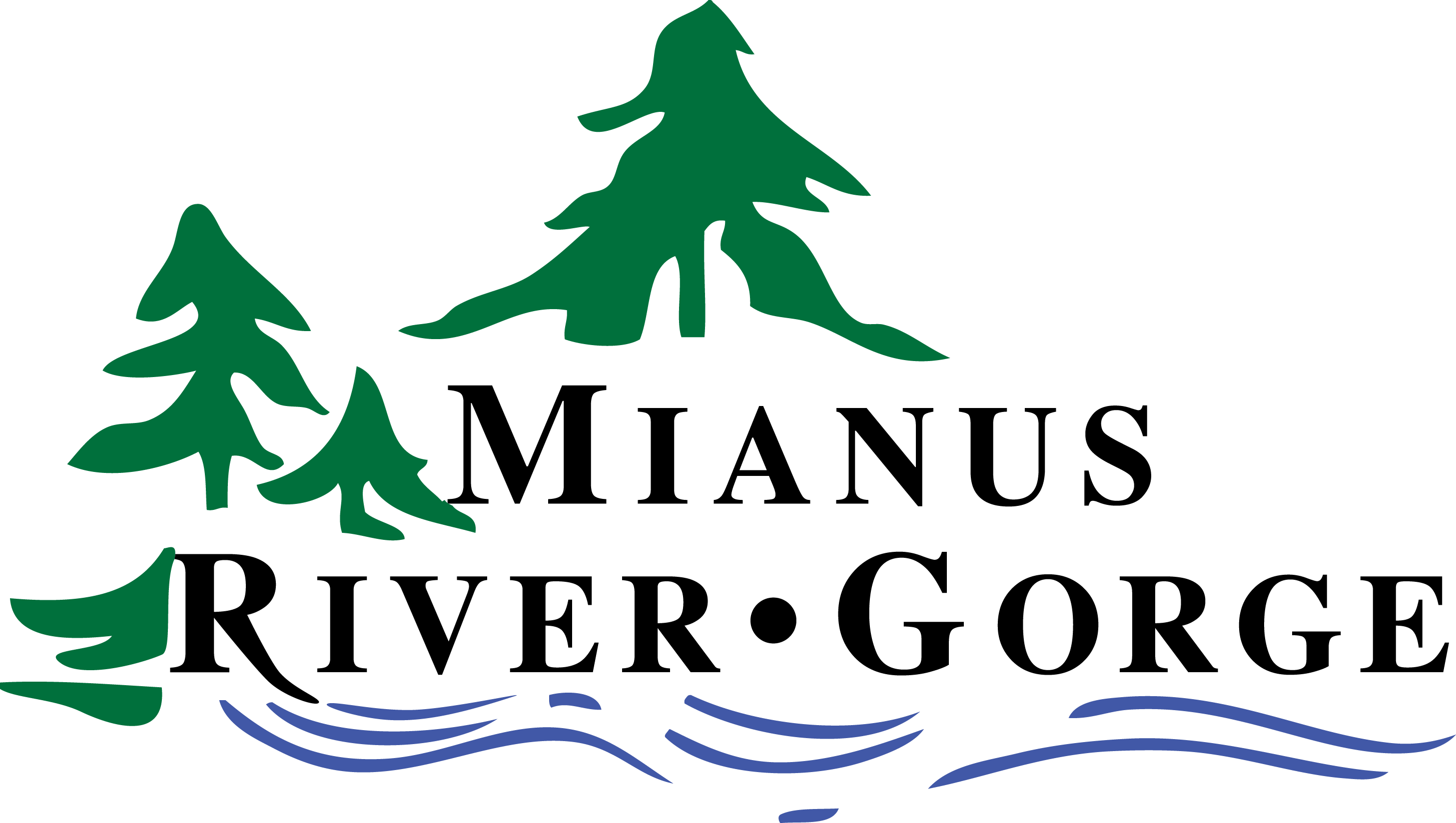2019 CISE Students Wrap Up
Each summer, Mianus River Gorge offers a highly sought-after internship for undergraduate college students with an interest in ecology. Under the tutelage of MRG staff scientists and graduate research assistants, the interns contribute to the Gorge’s on-going research in and around the Preserve.
This year, four students were selected among a pool of talented applicants from colleges across the country. Mianus River Gorge hosted Sam Badia of University of Delaware, Gowri Anand of New York University, Kris Yee of SUNY Brockport, and Manny Benitez of SUNY Oneonta. (They described their experiences below.)
Mianus River Gorge is engaged in several research initiatives and on-going stewardship of the Preserve and its environs. The CISE students contribute greatly to our efforts during their time spent at the Gorge.
For example, the students assisted Chris Nagy with wildlife camera deployment for the Gotham Coyote Project, conducted a vegetation survey throughout the Gorge, and used camera surveys to estimate the population of the Gorge’s deer herd. They battled invasive mile-a-minute vine and garlic mustard and assisted with many stewardship projects with Budd Veverka and Jean-Luc Plante. They assisted our RAP student, Andy Cortese from SUNY ESF, with his study of mycorrhizae fungi in the forest soil.
Mianus River Gorge’s Research & Education program is the bellwether for like-minded organizations in the region. Students get a hands-on ecology research experience, meaningful field experience, learn best practices in data collection, interpretation and presentation, and better understand the path for further study or a career in the sciences.
Gowri Anand / New York University
This internship was a great opportunity for me to get some real hands-on experience on what it’s like to be a field biologist and has inspired me to continue working outdoors as a future career path. I truly believe that learning and understanding ecology can’t just be contained in the classroom, so I’m thankful that Mianus granted me the opportunity to gain field experience and learn from it.
We did several things during our ten weeks here, such as setting up cameras and scoring pictures, assisting high school and graduate students with their projects, land management, and much more. One project that particularly stood out to me was the veg plotting we assisted Chris with. It not only allowed me to learn how to identify and name plants but also gave me the experience of seeing how plants grow and interact with their environment firsthand. It was incredibly different from looking at a picture in a textbook and memorizing the name and I think I learned how to identify and name plants a lot quicker because of it.
The deer estimates project that was assigned to me was also a great experience for me because it allowed me to gain experience with multiple programs I see myself using in the future, such as GIS, MARC and R. I think it’s really great that I not only got to play around with these programs but that I could experience using these programs for a set purpose and learn what kind of questions these programs can solve and how each program helped me answer a specific aspect of the question. GIS allowed me to answer questions about the spatial aspect of the estimates while R and MARC answered the more statistical aspects of the estimates.
Sam Badia / University of Delaware
Throughout the summer, I had the opportunity to work on many different projects, from setting up cameras to invasive management to my individual project of deer estimates. I’m glad that I was able to work on a number of different projects to see what I want to focus on and what I enjoyed doing the most. I’m focused on environmental studies, so working this internship in suburban ecology was something that I was very excited for. I know that I want to continue with my experience in different parts of the environmental field, and this internship was the perfect starting point for my future studies.
Thank you for everything!
Kristofer Yee / SUNY Brockport
For my project I learned about what features help identify invasive species, specifically Tier 1 and 2 as categorized by Lower Hudson PRISM. I summarized this information to make an identification guide for Budd so new invasive species can be quickly identified. I also made new GIS maps of the protected areas around the whole Gorge and the Preserve. This allowed me to learn new skills in using GIS and hone them. I am currently leaning more towards terrestrial than aquatic. I really enjoy plants so I may move more into that field.
MRG raises funds to pay the college interns a very modest stipend. If you would like to donate to the Research & Education program and help support an intern, please visit our donation page. Thank you!
